What obstacles are your characters currently facing? How can you make the fictional situation worse?
Disclaimer: "throw rocks" is not meant literally. No kittens were harmed in the writing of this blog post.
|
A brief tip to keep in mind as you write: it's important that you create obstacles for your characters to overcome. Don't make important problems too easy to solve. Nabokov's quote (above) gets at the heart of this concept. Besides making the story more interesting, creating obstacles also helps the reader to root for your characters.
What obstacles are your characters currently facing? How can you make the fictional situation worse? Disclaimer: "throw rocks" is not meant literally. No kittens were harmed in the writing of this blog post. 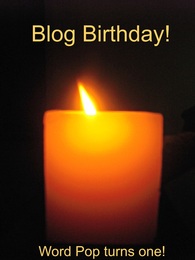 My blog is one year old today! This is my 125th blog post. To celebrate, I'm sharing five of my favorite posts from the past year. 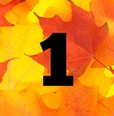 My very first blog post, which was a round-up of articles about twitter. Trick or Tweet: Six Articles to Help Writers Overcome the Fear of Twitter. 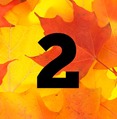 After attending the NY SCBWI winter conference last year, I highlighted some of the writing resources that were mentioned. Friday Five: Five Resources from the NY SCBWI Conference 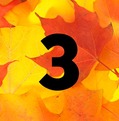 One of my blogging goals is to provide information to teen writers. I've interviewed a number of editors who publish teens, including Anna Neher, Associate Editor of Cicada. Teen Tuesday: Interview with Anna Neher of Cicada Magazine 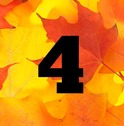 In honor of National Dog Day, I had to post some photos of Rocky and Luna: Friday Five: Cute Dog Photos 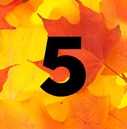 I took part in the A to Z Blogging Challenge in April, blogging about the theme of "writing inspiration" for each letter of the alphabet. X is always a tough one for AtoZers. Here's mine: X is for Xenocryst: #AtoZChallenge (Writing Inspiration) I hope you'll follow my blog for another year of writing-related posts. Happy Halloween!
I'm teaching a workshop about novel revision this weekend at the NJ SCBWI Fall Craft Weekend. Below are four helpful writing posts I came across while preparing my presentation. The 5 Biggest Fiction Writing Mistakes (& How to Fix Them)
by James Scott Bell “…make sure you can 'hear' every character in a distinct voice.” Common Manuscript Mistakes and the Writers Who Make Them by Aimee Salter Includes wordiness, telling, implausibility. Six Easy Tips for Self-Editing Your Fiction by Kristen Lamb Includes the "Painful and Alien Movement of Body Parts." Word Choice: Weak Words by Vicky Burkholder A chart of words to avoid. Here are three interesting posts for writers this week:
And here are two upcoming events I wanted to share:
Sadly, I need to change to my comments settings to "approval" first, due to an increase in spam. I hope you still take time to comment. Have a happy weekend!
Writers spend a lot of time focusing on the main character (MC), particularly if the story is written in first person. But what about the secondary characters? The best friend? The older sister? 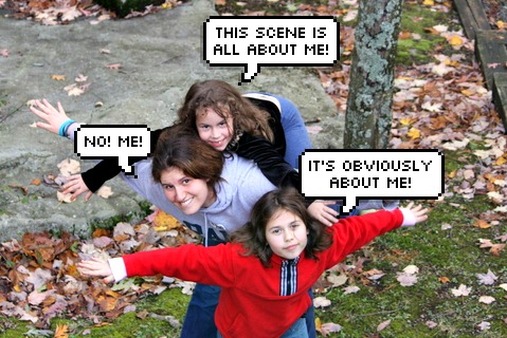 Sometimes when a scene with multiple characters isn't working, it can be helpful to think about the action from another character's point of view. If the MC is arguing with her best friend at lunch, you may have a good handle on the MC's emotions and the events that led up to the argument. But what about the BFF? She can't be manipulated to say what you need for the plot to move forward. She should be a believable character with her own set of emotions and actions. What if she was telling the story? What happened during her morning that might be contributing to the argument? What is she feeling about the MC? You wouldn't necessarily add all of this background (and probably shouldn't, in most cases), but working on the supporting characters can help a scene-gone-wrong.  Thank you to author Marcia Meara for tagging me in this World Blog Hop. You can read her original post here. According to the hop rules, I start with a quote, then answer four questions about my creative process. One of my favorite writing quotes is from Anton Chekhov: “Don't tell me the moon is shining; show me the glint of light on broken glass.” And now for the questions: 1. Why do I create what I do? I took a novel writing class years ago that said to write what you read. A quick glance at my nightstand answered the question: a big pile of young adult books towered on top of it. I also like to write about situations that keep me awake at night--contagious fatal diseases are definitely on the list. That led to my debut young adult novel, Pandemic, which was published in May by Sky Pony Press. 2. How does my creative process workI find the first draft is the hardest; I’m happiest when I have a rough draft to work with. I tend to revise, reread, revise, share the work with my critique group, then revise again. I like to keep a notebook for brainstorming ideas and tracking plot and character decisions. I also tape pictures and others bits of info into it, so it becomes a physical complement to my computer files. 3. How does my work differ from others of its genre?I’m interested in portraying realistic, contemporary situations and I like the idea of creating scary circumstances in our ordinary world. For example, pandemics are inherently frightening, and my debut novel includes details about how a deadly outbreak could actually play out if it occurred tomorrow. Pandemic (which is about bird flu) was published before Ebola became a major news item but it's been a bit surreal to read about current events and draw parallels to my story. 4. What am I presently working on?Besides working on publicity for Pandemic, I’m revising a YA psychological thriller about a girl who fears she is either being haunted or going insane. I started this story years ago, before Pandemic, and I'm excited about its recent evolution. 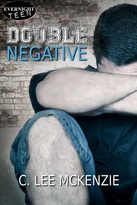 Next up on the blog hop, I’d like to tag C. Lee McKenzie. Lee is the author of several novels, most recently Double Negative, and she frequently blogs about interesting topics for writers. 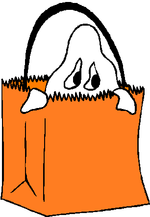 One of my favorite quotes is from Eleanor Roosevelt: "You gain strength, courage and confidence by every experience in which you really stop to look fear in the face. . . .You must do the thing you think you cannot do." As a writer and a parent and a worrier, I think a lot about fear. I wrote a novel about a deadly contagious disease that spreads across the US, after all. Current events give us an almost endless stream of fear-inducing topics. Ebola. Terrorism. Pedophiles. There's an interesting TED talk about fear from author Karen Thompson Walker called "What Fear Can Teach Us." She talks about fear as a form of storytelling,and says that "how we choose to read our fears can have profound effects on our lives." Each month, the bloggers at YA Outside the Lines focus on a different theme. In honor of Halloween, October's theme is fear, masks, and disguises. There are a number of creative posts this month. You should read them all! But here are five to start: Pennywise, Spandex Shorts, and Things That Go Bump in the Night by Jen Doktorski Writing the Fear Away by Amy K. Nichols Don't Be Afraid to Celebrate by Laurie Boyle Crompton The Gift of Fear (by me!) Author Masks by Sydney Salter Do you read the news everyday? What fears keep you up at night?
 A resource to explore is author Jacqueline Jules' website, Pencil Tips: Writing Workshop Strategies from Children's Authors and Illustrators. She includes a section dedicated to magazines and contests that accept student work for consideration. If you're looking for places to submit, be sure to check it out. 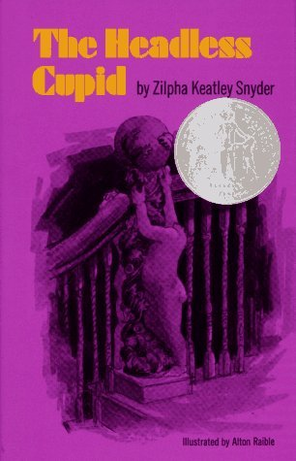 I was sad to learn that Zilpha Keatley Snyder passed away yesterday. She was one of my favorite authors when I was growing up. I knew exactly where the "SNY" books were located in the public library and I read many of her novels multiple times. My all time favorite was The Headless Cupid. It's a wonderful story about family and belonging, with a twist at the end that I love. I still keep a copy on my bookshelf today. This Saturday (October 11th), I'll be a participating author at the Collingswood Book Festival speaking on a panel about Developing Characters in Realistic Fiction, working with teen writers during the Young Writers Workshop, and signing books. If you live in the area, come say hello. Because I missed a Friday Five post last week, and because I've been thinking about character development for the upcoming panel, I thought I would share ten resource links that provide exercises and checklists for developing characters. 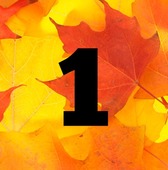 Character Development Exercises from author Sandra Miller’s website Sample: “Your protagonist and antagonist each write a letter to a friend or family member (or you!) about the other.” 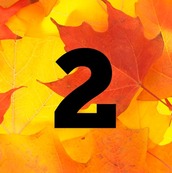 Character Exercises from The Script Lab Sample: “Write a monologue (1 page) that accurately portrays your character. What is he/she feeling at that moment? What is his/her hopes? His/her fears? What does he/she love? Hate?” 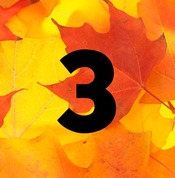 Character Exercises from Writing Exercises Sample: “Write ten 'factual' statements about your character, then ten lies, then ten odd/bizarre statements.” This site also includes a random character generator you can use as a starting point as well as generators of random dialogue, scenarios, town names, character traits, jobs, etc. 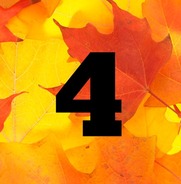 Take Your Characters Out to Lunch: 5 Development Exercises from Lit Reactor Sample: “…create a Pinterest board for your character by selecting images they might be drawn to.” 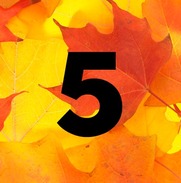 Create-A-Character Exercises from The Writer’s Craft website Sample: “Collect mannerisms…. Pick an emotion and for the next few days, track it in the people that you see….How do different people show that they are bored; how do they disguise it?” 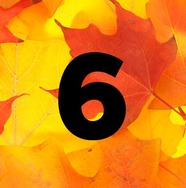 Building Character: A Checklist from Nieman Storyboard Sample: “Ambitions,” “Most important thing to know about this character,” and “What trait will make this character come alive, and why?” 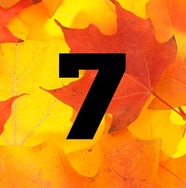 Larry Brooks Character Checklist from Procrastinating Writers Sample: “Is the character a giver or a taker in life?” “What lessons has the character not learned yet in life?” “What is the worst thing the character has ever done?” 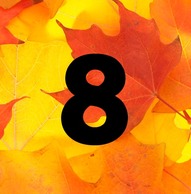 Character Creation Checklist from My Writing Journey Sample: “Do they have anything about their appearance that they try to hide or disguise?” “How do they dress?” “How do they move?” 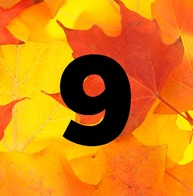 90 Things To Know About Your Characters Before Writing from Writing and Illustrating Sample: “Does your character collect anything?” “What annoys them?” “What makes them laugh?”  Getting to the Core of Your Characters by C.S. Lakin from Live, Write, Thrive This isn't a checklist, but an explanation of three things to ask to understand your character: “Their core need (and what they would do if they couldn’t get that need met,” “their greatest fear,” and “the incident(s) that wounded them early in life that got them believing a lie.” Visit Lakin's website to learn more. I hope you find these resources useful in developing your fictional characters. Please add other related links or your own insights in the comments. Happy Writing!
|
JOIN NOW!
Sign up for Yvonne's newsletter for exclusive content, book news, and other occasional author goodies. Archives
June 2025
Categories
All
|